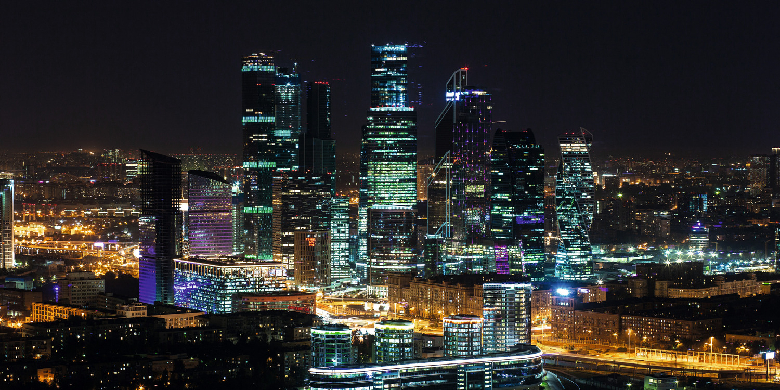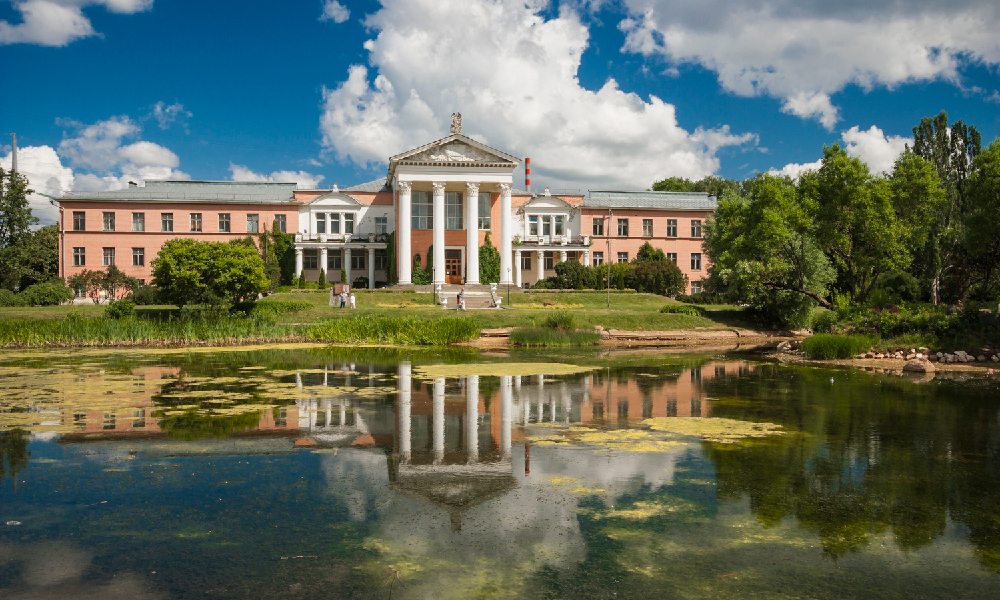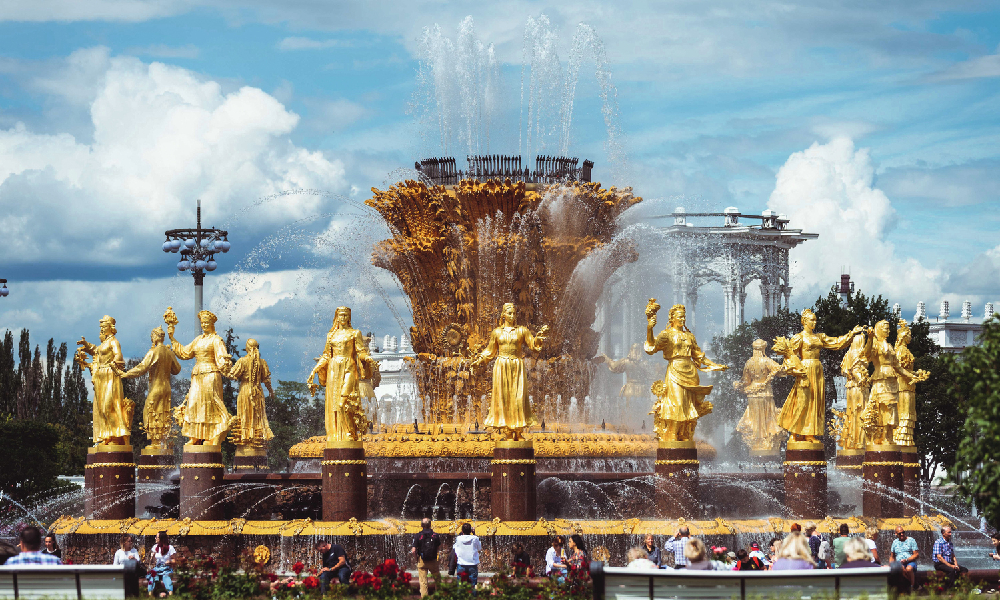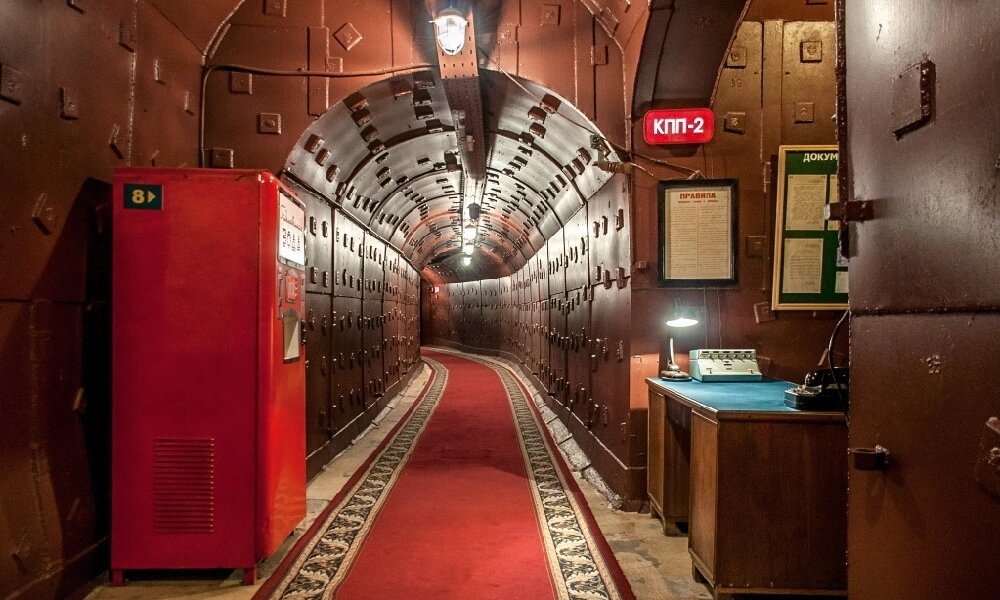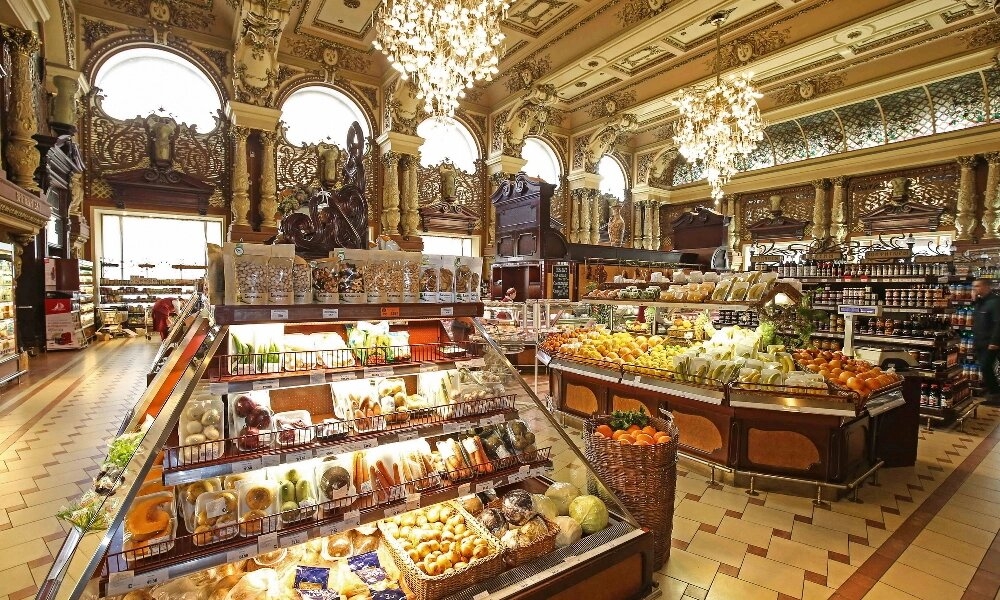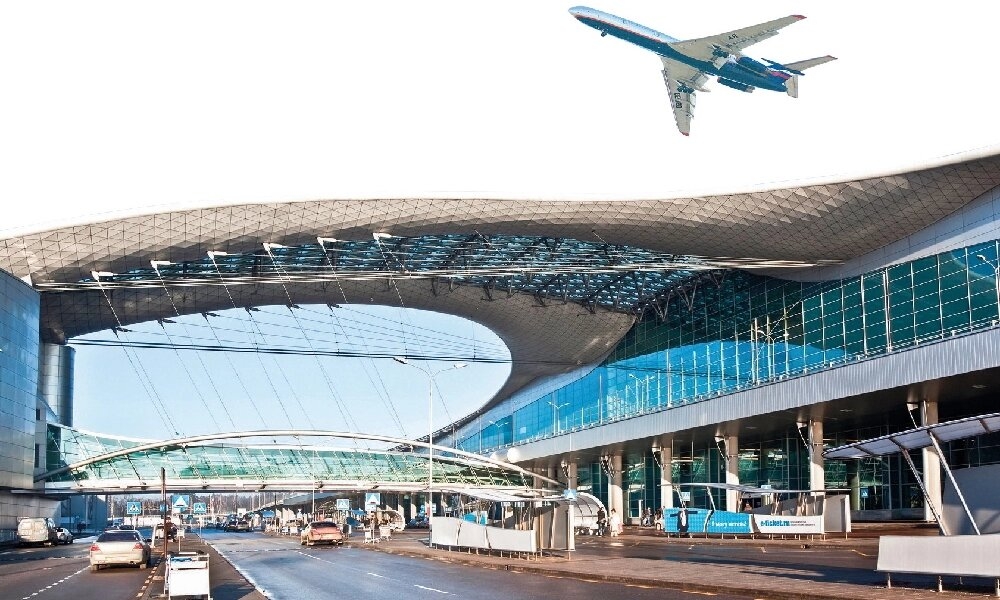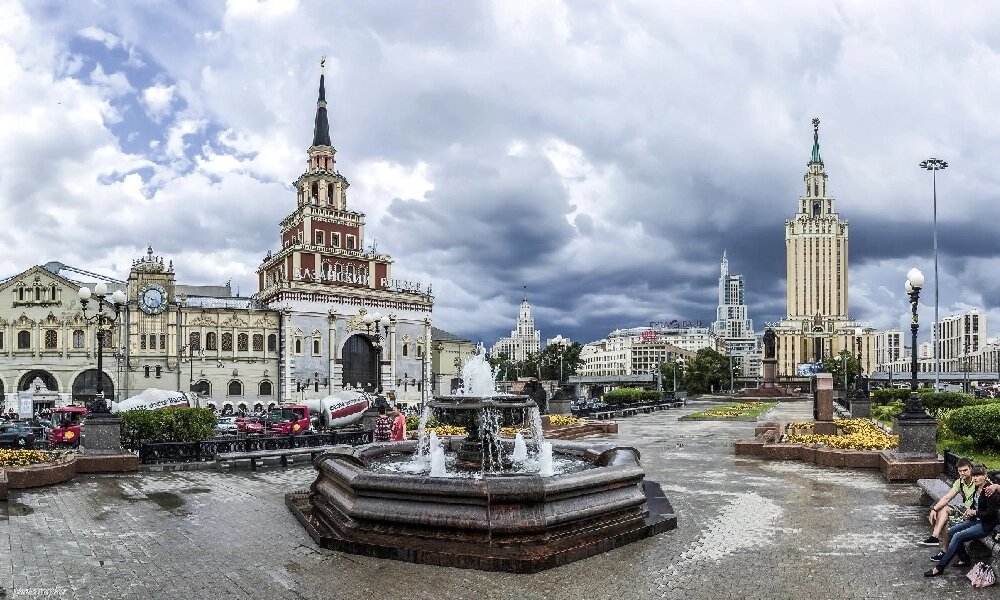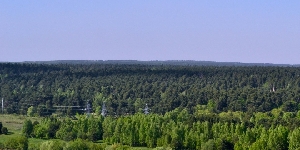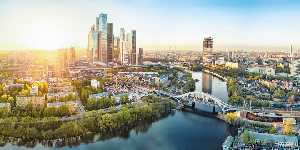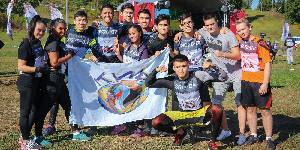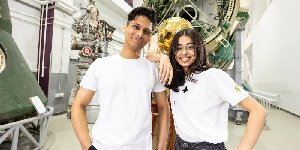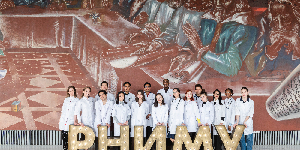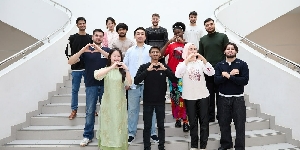Moscow is the capital of the Russian Federation, one of the world’s largest metropolitan cities, the center of political, business and cultural life. Moscow is a European cosmopolitan city, livable, with well-developed transport infrastructure, and safe. A great number of sights, theaters, museums, parks, entertainments and events leave no room for boredom.
Moscow is ranked among the best student cities. It has many prestigious universities that open their doors to hundreds of thousands of international students every year.
>200
higher education institutions
> 500
museums and galleries
700
clubs and concert venues
Climate
The climate is moderately continental. Neither winter nor summer has extreme temperatures. The weather is changeable, especially in spring and fall.
Winter
The average temperature is around -5…-8 °C. Sometimes it snows, and thaws are frequent. When short-term frosts occur, the temperature falls to -20…-25 °C.
Summer
The average temperature is around +16…+20 °C. Sometimes it rains. Short hot periods of over +30 °C, lasting several days or several weeks, are also possible.
Tourist attractions
Moscow Kremlin
It is the largest active fortress in Europe and is considered one of the world’s largest museums. The city's oldest part occupies an area of 27 ha and strikes with the beauty of towers, cathedrals and palaces. Red Square lies east of the Kremlin.
The most convenient way to get here is by metro — four minutes' walk from the Alexandrovsky Sad (Alexander Garden) station, 5–10 minutes' walk from stations such as Biblioteka Imeni Lenina (Lenin Library), Borovitskaya, Arbatskaya, Teatralnaya. Leaving the metro, navigate using the Alexandrovsky Sad sign. You can buy entrance tickets not far from Kutafia Tower.
Vorobyovy Gory (Sparrow Hills)
It is the main observation deck in the Russian capital. From the top of the hill, a picturesque view of the forest and park area opens up, and architectural buildings, facilities and churches can be seen. Plenty of ceremonial and cultural events are held there. It's a place for relaxing, taking photos, doing sports, meditating. There is a conservation park with an ecological path, a ropeway working all year round, ski slopes with springboards and a chair lift.
The exit from the Vorobyovy Gory metro station is located 80 meters from the observation terrace. You can get there by water tram along the Moscow River and by bus to the Moscow State University stop.
Main Botanical Garden of the Russian Academy of Sciences in Moscow
It is the largest botanical garden in Europe. It offers an amazing view of the Academy of Sciences, St. Andrew's Monastery, Monument to Yuri Gagarin, the Moskva River embankments, the business center skyscrapers (Moscow City and MSU Steeple), Christ the Saviour Cathedral, Moscow Kremlin
A view of the city from the deck near the RAS is amazing. The number of visitors is relatively small. You can visit the deck 24/7, free of charge. It’s easy to get to the observation deck. You should walk around 700 meters from the Leninskiy Avenue metro station towards the Russian Academy of Sciences, passing the tall Monument to Yuri Gagarin.
VDNKH
National Economy Achievement Exhibition
It is one of the most amazing tourist attractions in the Russian capital and ranks among the world's top 50 largest exhibition centers. There are plenty of architectural masterpieces in the territory of the Exhibition — 49 VDNKh facilities have the status of cultural heritage landmarks.
You can enter the territory free of charge, but you must buy a ticket to visit the exhibition pavilions.
Concept venues of Moscow
Red October art space
It used to be Russia's largest confectionery. Today it is a popular art venue and one of the most fashionable places in Moscow.
It is a unique monument of Moscow industrial architecture comprising over 20 red-brick buildings. You’ll never get bored here. Something happens all the time. You can go to concerts, exhibitions, various studios, cafés, restaurants, rent an office — everyone will find an occupation to their liking.
6, Bersenevskaya Embankment
Old Arbat
It is one of Moscow’s most attractive tourist destinations, with its exciting past, remarkable architecture, and inimitable atmosphere. Old Arbat is a convenient pedestrian street with numerous stores, restaurants, museums, theaters and amusements, a destination of choice for street musicians and artists.
There are a lot of places of interest in Arbat: Museums of Andrei Bely, Marina Tsvetaeva, Mikhail Lermontov, Alexander Pushkin, Monument to Bulat Okudzhava, Vakhtangov Theater, Tsoi Wall, and many others.
Bunker-42 on Taganka
It is the world's only museum dedicated to the Cold War between the Soviet Union and the USA. It is also a unique military historic site, accessible to visitors, which exhibits nuclear weapon mockups. It is located at a depth of 65 meters (which is approximately equal to a 20-story building).
Besides the museum, the bunker comprises the deepest restaurant in Moscow, banquet halls, areas for various quests, laser tag, airsoft, conference halls. The bunker is located in the city center, near the Taganskaya metro station.
11, 5th Kotelnicheskiy Lane
Eliseevsky Store
Massive chandeliers, stucco work, gold plating — all this makes the grocery store’s interior at least unusual. At the end of the 19th century, it was set up by entrepreneur Grigory Eliseev. He wanted to surprise the Moscow audience: even the store entrance was wide enough to allow a carriage to enter the store.
Now the main Soviet grocery store looks more like a museum than a department store. Visitors come here to admire the interiors, rather than just buy food.
14, Tverskaya Street
Airports
The Moscow Region has over ten airports. For international flight connections, three of them are used: Sheremetyevo (terminals D, Е, and F), Vnukovo (terminal В), and Domodedovo.
All these terminals have state-of-the-art infrastructure
Each terminal has an arrival and departure board and navigation in Russian and English languages, cash machines and bank divisions, taxi-hailing services counters, cafés
- You can buy tickets in box offices, self-service terminals, or online
- Three terminals of Sheremetyevo Airport are directly connected by ground-level crossings
- You can get from each airport to the city center by Aeroexpress high-speed train (the fare is 500 RUB, travel time is 40 minutes on average)
- The taxi fare is 1,500–2,200 RUB, the trip takes from 40 minutes to two hours, depending on the road conditions
- Russia allows import and export of foreign cash and cheques for amounts not exceeding 10,000 USD. Larger sums must be declared
There is no direct high-speed communication between the airports, so if you plan to change in Moscow, for example, from Sheremetyevo to Domodedovo, such a transit between the airports can take over two hours
Railway stations
Moscow has nine railway stations. They are located around the circumference of the city center. Three railway stations — Yaroslavsky, Leningradsky, and Kazansky — are located within walking distance of each other at one metro station, Komsomolskaya, on Three Station Square.
Here you'll find anything you like in any price range: from a hotdog or shawarma for 100–150 RUB in the street to top-class restaurants. Moscow presents a lot of franchises and knockoffs of global brands, interesting local concepts. Russians are hearty eaters. Many cafés and restaurants are open almost around the clock, so you'll stay safe from hunger at all times of the day.
Metro
The Moscow Metro is one of the deepest and most beautiful in the world. Every day 10,000 trains carry nine million passengers, which is the highest number in the world. When you take a train to the center of Moscow, you'll hear a male announcer. But as soon as you cross the city center, you'll hear a female voice announcing the stations. On the ring line, the male voice announces trains traveling clockwise, while the female voice announces trains traveling counter-clockwise.
